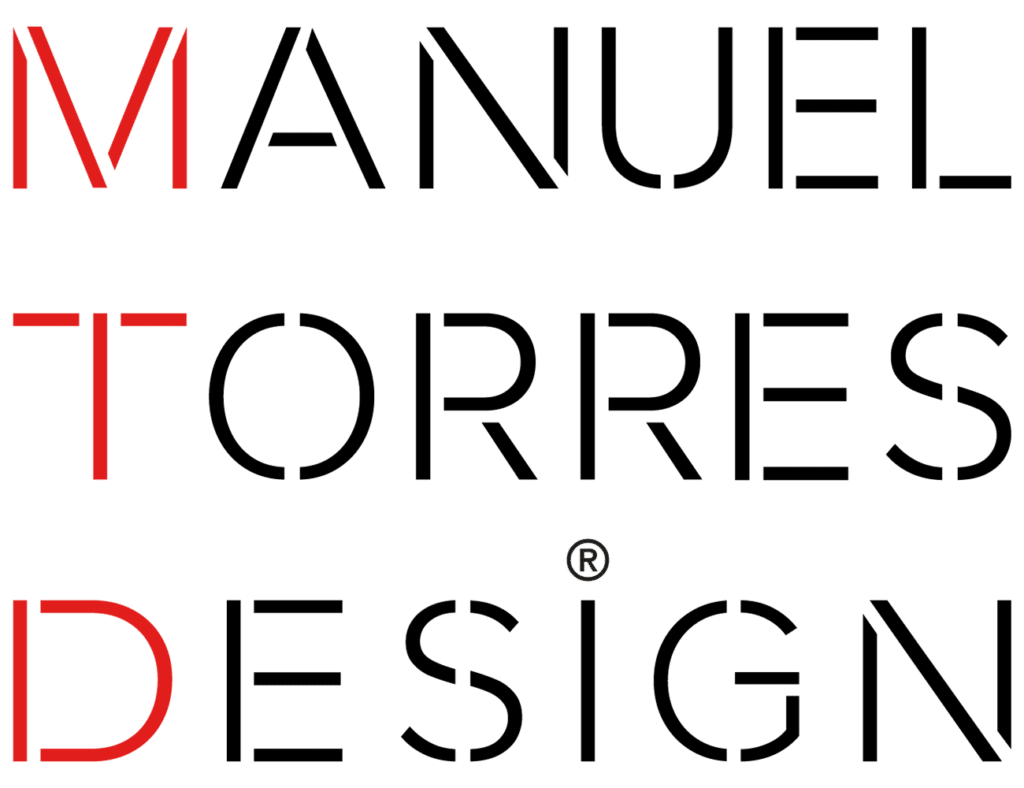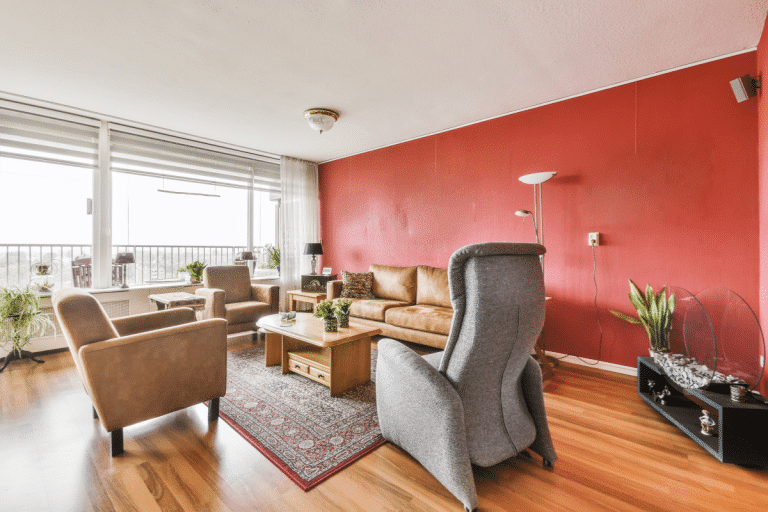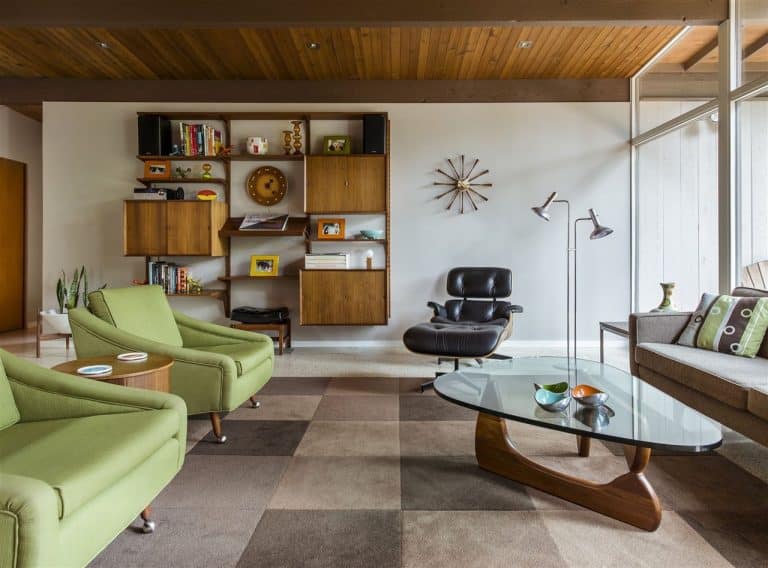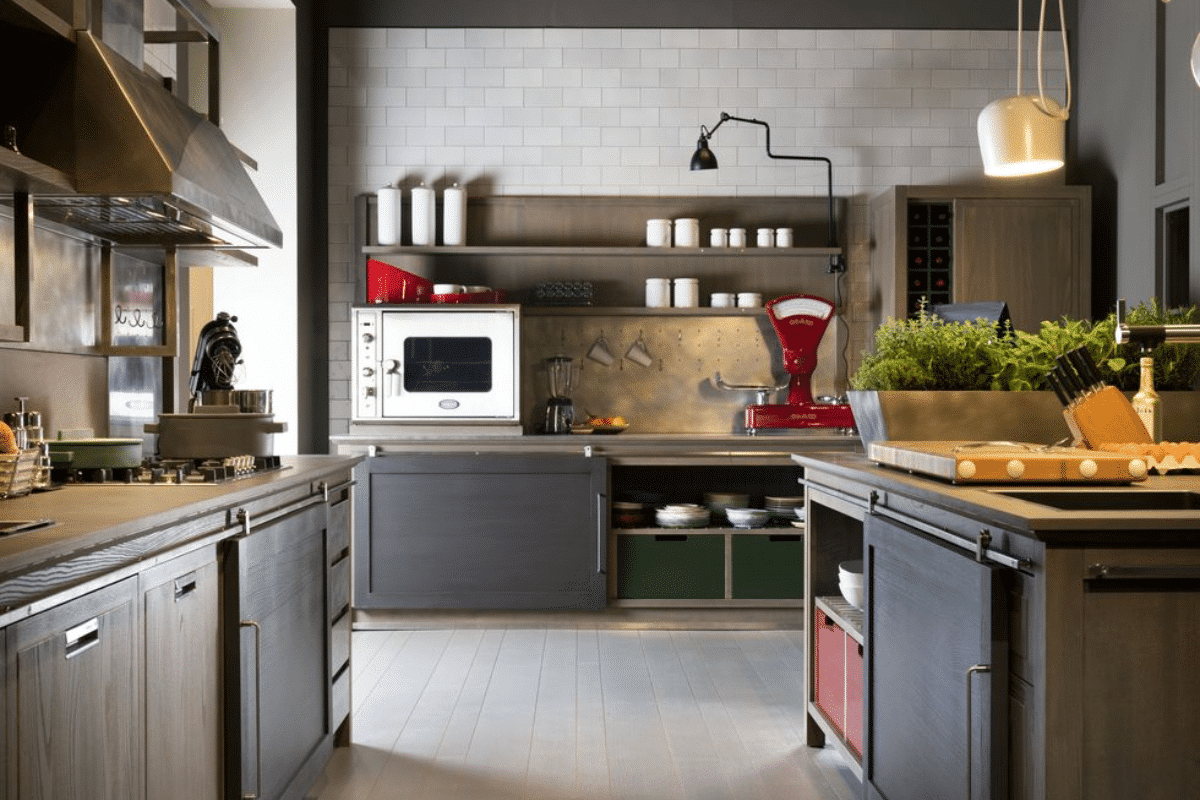Sustainability is transitioning from being a trend to becoming an integral part of the mindset when constructing a building or renovating a space. Many times, the idea of seeking a new way of designing that is much more planet-friendly arises inadvertently. We are increasingly aware that as interior designers, we have a responsibility. This is how sustainable interior design emerges.
It’s no longer enough to just satisfy the aesthetic and functional needs of the future home that clients or potential buyers will inhabit. Now, it’s also necessary to ensure a lower environmental impact, guarantee recycling, adapt construction to the surroundings, etc. Sustainable interior design entails a new configuration of the entire creation process, always with the goal of producing a final product that respects nature and helps create a healthier planet for future generations.
If you want to know the keys to this new approach to interior design, keep reading, because we’re going to reveal all the secrets.






